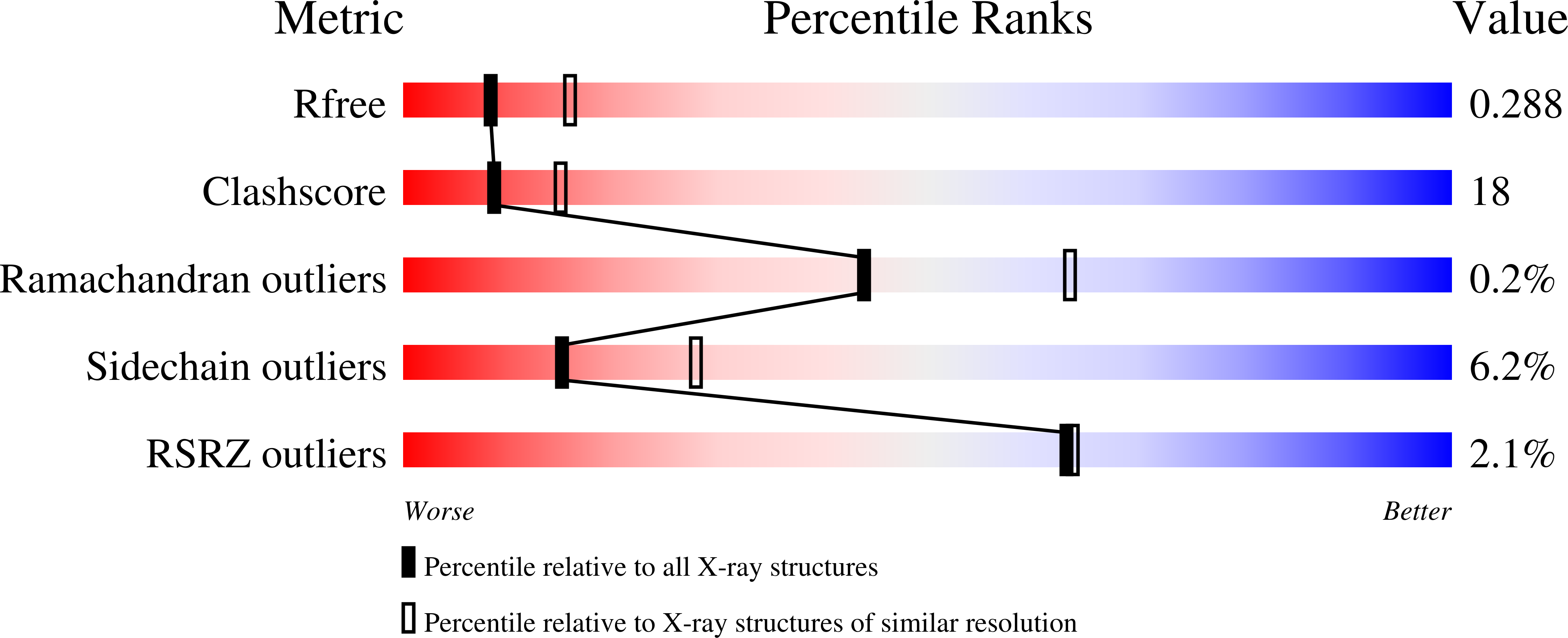
Deposition Date
2024-07-17
Release Date
2025-01-08
Last Version Date
2025-03-05
Entry Detail
PDB ID:
9COS
Keywords:
Title:
Crystal structure of CYP3A4 bound to an inhibitor
Biological Source:
Source Organism:
Homo sapiens (Taxon ID: 9606)
Host Organism:
Method Details:
Experimental Method:
Resolution:
2.75 Å
R-Value Free:
0.28
R-Value Work:
0.24
R-Value Observed:
0.24
Space Group:
I 2 2 2


